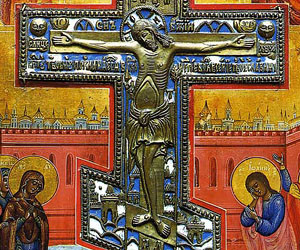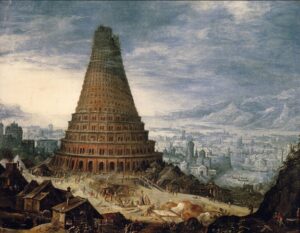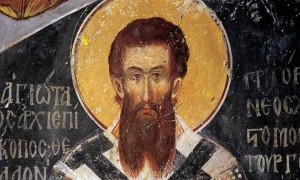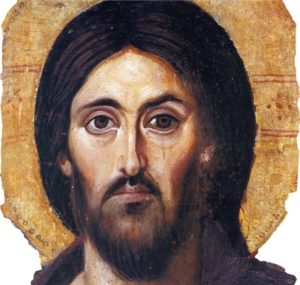The Position of the Church on Abortion
20 April 2016[Previous Publication: http://pemptousia.com/2016/04/abortion-oikonomia-and-the-hard-cases/]
In order to consider the question properly, it is necessary to review the doctrines of the Church on abortion and then define, as far as possible within this short study, the concept of oikonomia.
The definitive work on the subject of abortion is a small book by Archpriest John Kowalczyk entitled “An Orthodox View of Abortion”1. Fr. Kowalczyk points out that, during the first two centuries of Christianity, the teachings on abortion along with other moral issues were set down primarily in two works, the Didache (Teaching of the Twelve Apostles) and the Epistle of Barnabas. In the second chapter of the former we find the following proscriptions:2
Do not murder; do not commit adultery; do not corrupt boys; do not fornicate; do not steal; do not practice magic; do not go in for sorcery; do not murder a child by abortion or kill a newborn infant.
The Epistle of Barnabas also gave absolute strictures regarding abortion:3
You shall not slay the child by abortion. You shall not kill that which has already been generated.
The forbidding of such acts in writing was necessitated by the influx of pagans into the Faith. These new Christians did not have the Ten Commandments and Mosaic Law as a moral foundation, thus the Church found it essential to clearly prohibit behavior which though abhorrent to the Jews, was acceptable and even common among pagans.
The Fathers on Abortion
The Fathers of the Church also spoke out strongly against abortion. Clement of Alexandria, writing in the third century stated:4
Universal life would proceed according to nature if we would practice continence from the beginning instead of destroying, through immoral and pernicious acts, human beings who are given birth by Divine Providence.
In the fourth century, St. Basil the Great condemned the abortionist as well as the woman:5
Those who give potions for the destruction of the child conceived in the womb are murderers, as are those who take potions which kill the child.
He further reiterated his condemnation of the woman by saying:6
A woman who deliberately destroys a fetus is answerable for murder.
St. Basil also broached the “formed/unformed” concept of fetal development considered in the case of the accidental death of an unborn child as seen in Mosaic Law (Exodus 21:22-24):7
…we do not have a precise distinction between a fetus which has been formed and one which has not yet been formed.
St. Gregory of Nyssa, Basil’s brother and contemporary in the Church, was equally forthright about the protection due to the child in utero from the moment of conception, touching as well on the concept of “ensoulment”:8
There is no question about that which is bred in the uterus, both growing and moving from place to place. It remains, therefore, that we must think that the point of commencement of existence (my emphasis) is one and the same for body and soul.
A precursor to the Fathers’ testimony about the nature of the child from conception — a century before Basil and Gregory — Tertullian in the West addressed the question of at what point the fetus becomes human:9
Abortion is a precipitation of murder, nor does it matter whether or not one takes a life when formed, or drives it away when forming, for he is also a man who is about to be one.
St. John Chrysostom spoke about those who would force a woman to abort in order to hide immoral activity. This Father of the Church was discussing the clients of prostitutes and male adulterers, but he could be speaking to the lovers, husbands and parents of today:10
You do not let a harlot remain a harlot, but make her a murderer as well.
The abortionist Chrysostom considered “…..even worse than a murderer.”11
These teachings of the Fathers from the Golden Age of the Church were handed down through the centuries, eventually becoming part of the Photian Collection adopted in the year 883 as the official ecclesiastical book of law. This uncompromising doctrine has not been in any way changed or diluted but, in fact, has been reiterated down through the centuries by the spiritual leaders of each generation of the Faithful.
The Canons on Abortion
In time, the Church recognized the necessity of including the prohibition of abortion within the written canons along with the specific ecclesiastical penalties attached. The first canonical pronouncement specifically on abortion was that of the regional Council of Elvira, Spain (c.303 A.D.) which imposed a life-long excommunication for the sin. The Eucharist was forbidden to the repentant guilty, even on their deathbed. This penance was relaxed when the Council of Ancyra, (314 A.D.) adopted Canon 21:12
Regarding women who become prostitutes and kill their babies, and who make it their business to concoct abortives, the former rule barred them for life from communion, and they are left without recourse. But, having found a more philanthropic alternative, we have fixed the penalty at ten years, in accordance with the fixed degrees.
The final form of the Church’s proscription on abortion came in 691 A.D. with Canon 91 of the Quinisext Ecumenical Council which decreed that people:13
…who furnish drugs for the purpose of procuring abortion, and those who take fetus-killing poisons, they are made subject to the penalty prescribed for murderers.
(To be continued)












